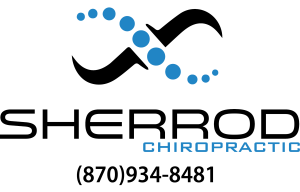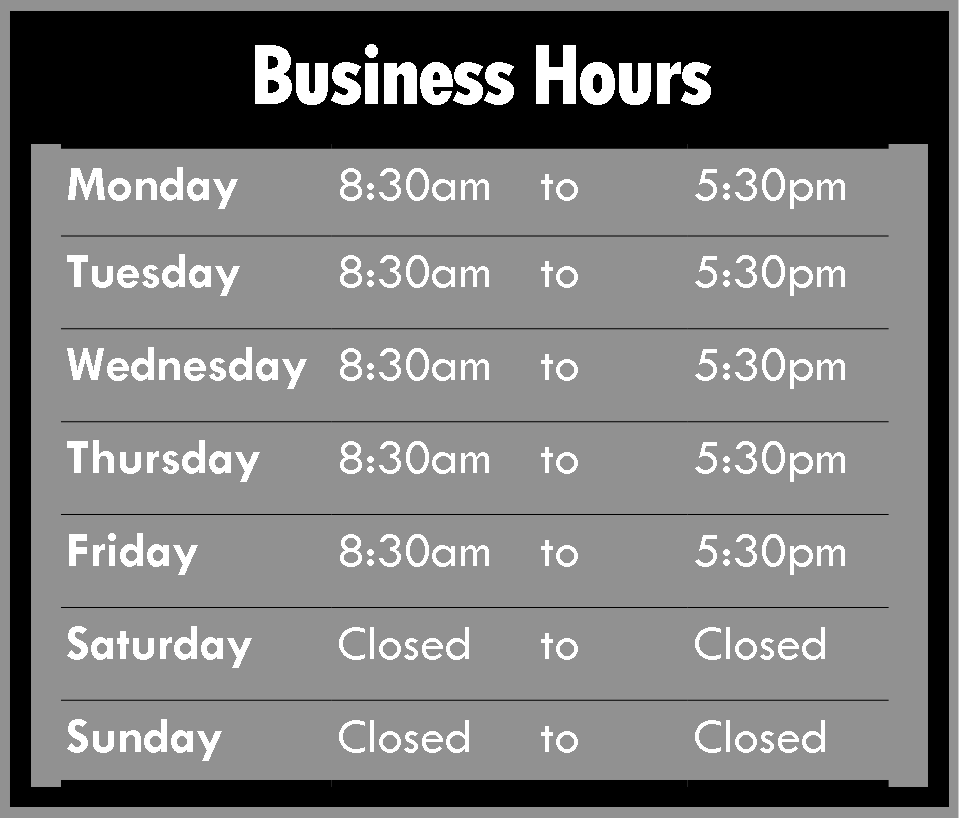Understanding Lumbar Spinal Stenosis
Patients with lumbar spinal stenosis—one of the most common reasons for spinal surgery in older people—are commonly recognized by a bent-forward, shuffling posture and a characteristic small-step gait. Stenosis surgery, however, is a major procedure that is recommended only when conservative methods of care aren’t effective—or when stenosis is caused by tumors or accompanied by intolerable pain or severe neurological problems, such as loss of bowel and bladder function.
What Is Stenosis?
* Spinal stenosis is created by the narrowing of the spinal canal, which may be caused by mechanical problems or by abnormalities in the aging spine.
* Stenosis may or may not result in low-back pain, limping and a lack of feeling in the legs.
* Numerous factors can cause stenosis, such as thickened ligaments, expanding infection, abscess, a congenital or developmental anomaly, degenerative changes, vertebral fractures or dislocations or a spinal cord tumor. Spinal stenosis can also result from long-term steroid use.
* Other conditions, such as a herniated disc, can mimic stenosis. While herniated discs usually cause rapid and acute muscle spasm, discomfort caused by stenosis builds gradually.
* Other conditions that can be confused with stenosis include vascular claudication, peripheral vascular disease and abdominal aortic aneurysms.
* Claudication—pain triggered by walking—caused by vascular disease most often occurs after walking a fixed distance. Patients with spinal stenosis, however, walk variable distances before symptoms set in. On the other hand, standing makes pain worse for stenotic patients, while it relieves vascular claudication.
Diagnosis
* Spinal stenosis can be diagnosed based on the history of symptoms, a physical examination and imaging tests.
* An MRI is a poor predictor of future disability in stenosis. An electrodiagnostic study is more dependable for information on a stenotic spine.
* To diagnosis stenosis caused by an abscess or an infection, blood work analyzed by a laboratory may be required, while vertebral tumors and spinal tumors require finely tuned imaging.
Treatment
* In many mild and moderate cases of stenosis, non-invasive conservative care, such as chiropractic, can help lessen pain and discomfort, maintain joint mobility and allow the patient to maintain a reasonable lifestyle, at least for some time.
* A technique called flexion distraction may be helpful in reducing leg discomfort.
* Home exercises are recommended four or five times a week. Especially helpful are stretching and strengthening of the lower back and stomach muscles and improving muscle strength, such as bicycle riding or lying on the side and grasping the knees with the arms, focus on flexing the spine in a forward position.
* Although medications can provide pain relief, they can also exacerbate stenosis patients’ already compromised sense of balance.
* When the patient loses bowel or bladder control, suffers from intolerable leg pain and claudication, and has progressive loss of function or spinal cord tumors, surgery may be recommended. Although many patients do fairly well after the surgery, the symptoms are likely to return after a period of time.
* Recent studies show that, in the long run, outcomes are much the same between surgery and conservative care. Some surgeries have to be repeated years later. Many are far from fully satisfactory. Surgery is a complicated procedure that irreversibly changes the structure of the back.
* Stenosis is a chronic condition that cannot be “cured,” but it often can be improved, and improvement can be maintained over the long term. Patients can work with their doctor of chiropractic to reduce symptoms and improve their quality of life.



